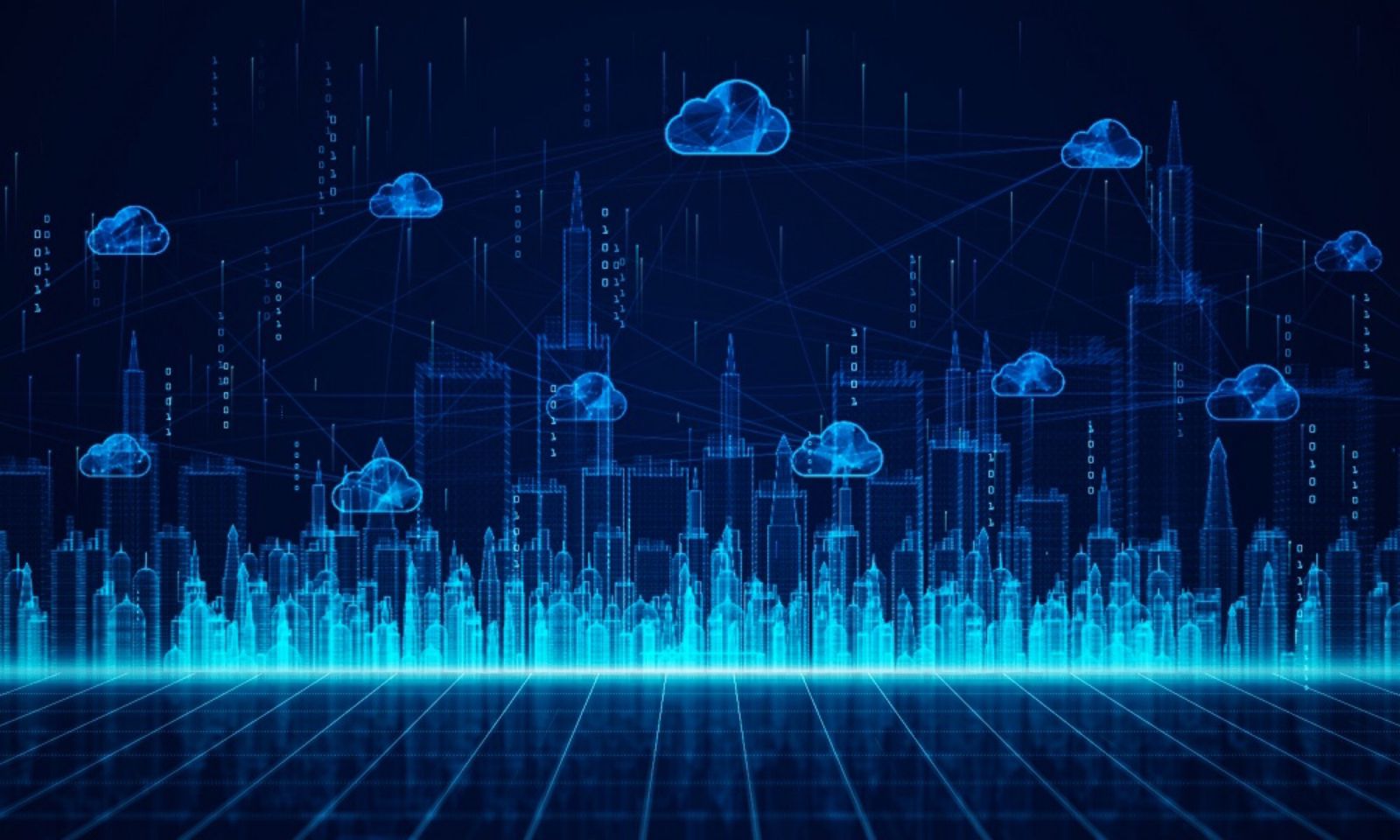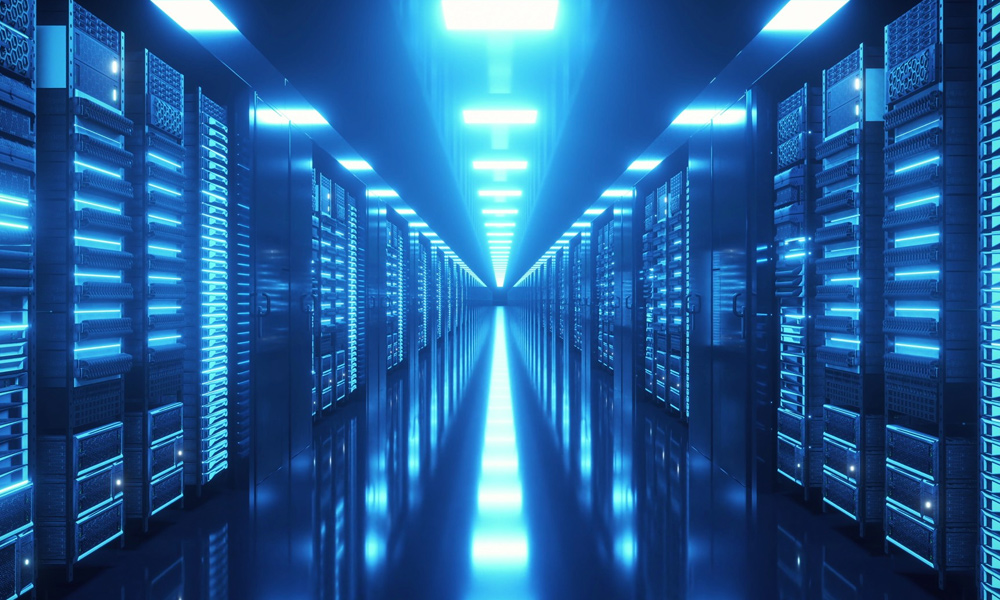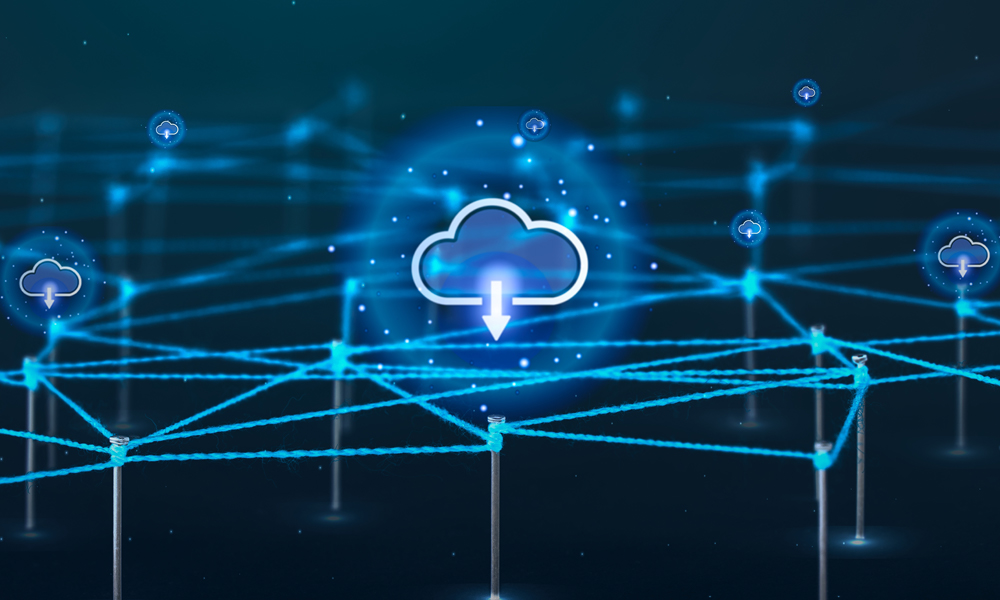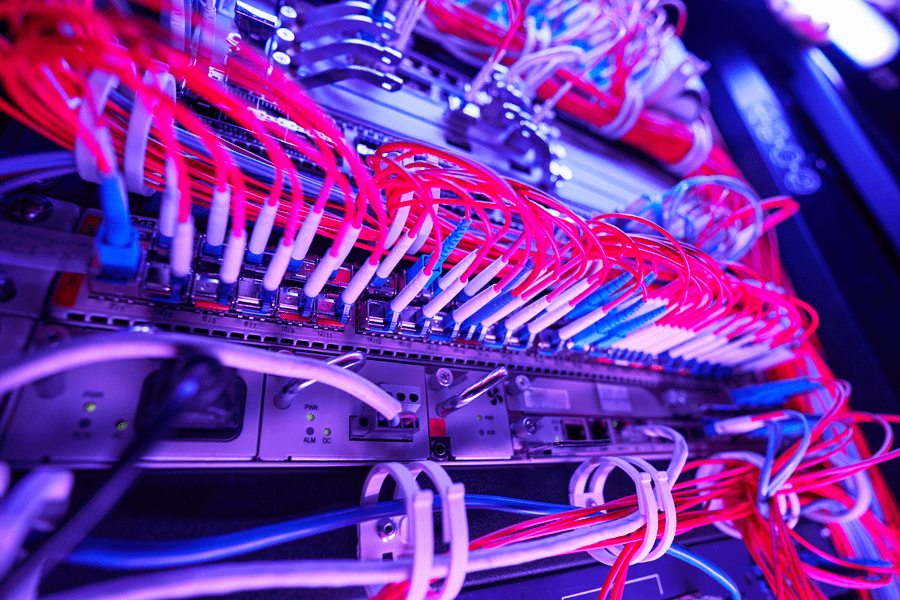The Significance of Tier 4 Data Centers
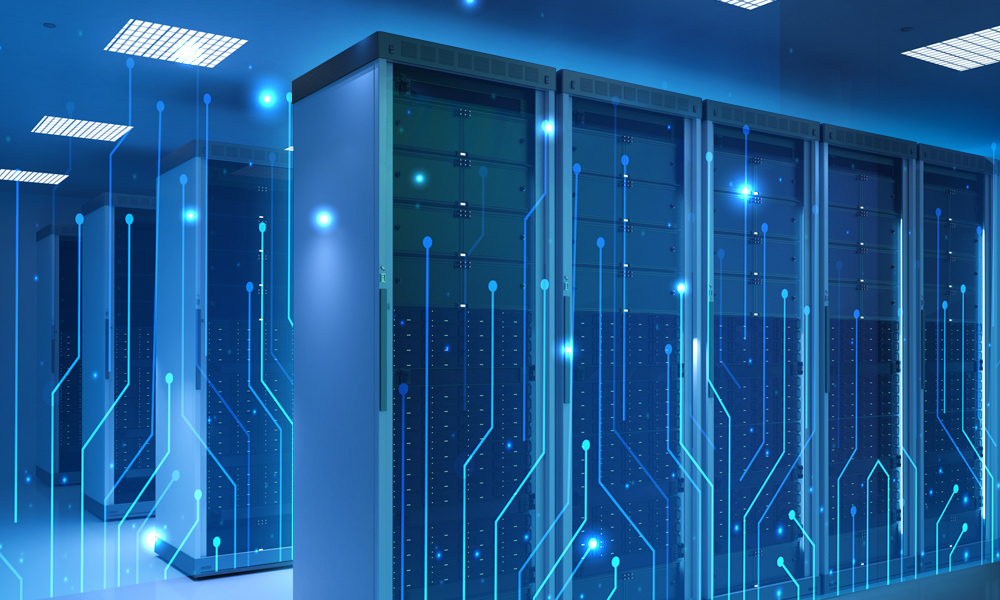
The debate on whether Tier 4 data centers are really necessary are still going on. Some in the industry are questioning if the costs involved in the installation of Tier 4 data centers are really worth the benefits they offer.
Through this article, we’ll look at the significance of Tier 4 Data Centers and see why they would be a good choice for your business.
What is the data center tier standard?
Let’s begin by talking about what the data center tier standard really is. The data center tier standard is a rating system which indicates the reliability and performance of a data center. This standard was first established by the Uptime Institute, an international institution which holds the authority to audit and certify data centers. According to the Uptime Institute, data centers are classified into four tiers—Tier 1 to Tier 4.
However, despite these tiers, the Uptime Institute emphasizes that no one tier is considered "better" than the others. Each data center tier has its own target market, and you should choose one that meets your specific requirements. Read our other article https://www.neucentrix.co.id/en/news/98-understanding-data-center-tiers for a detailed discussion on each data center tier.
Tier 3 and Tier 4: Are they different?
There are those in the industry who feel that there isn’t a real need for Tier 4 especially with the existence of Tier 3. The two tiers actually share similar features; they are both titled fully fault-tolerant and are more advanced compared to Tier 1 and 2. However, they aren’t exactly the same. Let's take a closer look at the major differences between them.
Tier 3 facilities deploy N+1 redundancy—there is a backup for each of its system components, including a backup genset, UPS, and cooling system. With the improved redundancy capacities, they can stay online even in the case of failure or routine maintenance, offering an uptime of around 99,982% and guarantee downtime for not more than 1,6 hours in a year. That’s why Tier 3 data centers are largely suitable for businesses that need to constantly provide services to their users, including those in the tech industry—cloud providers, hosting providers, OTT platforms, and so on.
Meanwhile, Tier 4 data centers don't stop there; they improve what Tier 3 data centers already have. This upgraded capacity can be the reason for businesses to choose Tier 4 over Tier 3.
Are Tier 4 data centers worth it?
Nonetheless, the question remains. Is a Tier 4 data center worth the investment, even for those that can afford it?
Before starting this section, we need to agree on one thing. Each data center tier has its own target market, meaning that Tier 4 is clearly not for everyone. It has a very specific target market. With this in mind, we also need to acknowledge that this target market has specific business requirements and preferences.
Tier 4 data centers are designed for continuous availability and reliability. This is important for large enterprises whose infrastructure is mission-critical but prone to frequent interruptions and downtime. They need the most fault-tolerant system possible to be able stay operational despite issues and maintenance, planned or unplanned.
Moreover, Tier 4 data centers are also specifically designed for security. That’s why they’re suitable for businesses that require high levels of security such as banks, financial companies, and so on.
Let’s see what Tier 4 data centers feature to ensure this top-notch capabilities.
1. 2N+1 redundancy
Tier 4 data centers are fully redundant with double distribution paths plus a backup.
2. 96-hour outage protection
Tier 4 data centers can sustain a 96-hour power outage.
3. Not more than 0,5 hours of downtime per year
Tier 4 data centers guarantee the maximum of 26,3 minutes of downtime in a given year.
4. 99.995% uptime
This is the highest uptime guarantee compared to other tiers.
5. No single point of failure
Since every process is fully redundant, no single outage will shut the entire system down.
6. A fault-tolerant power design
When a piece of equipment fails or there is an interruption in a distribution path, IT operations won’t be impacted.
7. Continuous cooling
The environment is maintained at an ideal temperature to increase efficiency and extend the life of hardware.
The features above are evidence that there are substantial upgrades from Tier 3 to Tier 4. There are certain capacities which are only offered by Tier 4, making it the tier with the highest level of reliability, security, and availability. If being online 24/7 matters for you, you will certainly benefit from Tier 4 data centers.









